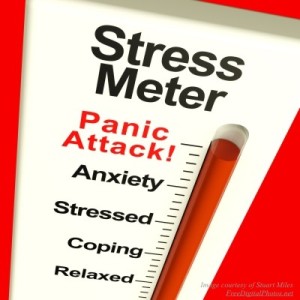By Karen Weintraub
Special for USA TODAY
Fibromyalgia affects 1% to 5% of Americans, mainly women, but until recently, scientists had no idea what might be causing its severe and mysterious pains. For decades, doctors told patients their agony was imaginary, the result of emotional hysteria, not a physical ailment.
But this year, researchers finally began to get a handle on the condition.
“What’s happened is in 2013 there’s been this absolute explosion of papers,” says neurologist Anne Louise Oaklander at Massachusetts General Hospital in Boston. “The whole view on this has shifted.”
Oaklander published two studies this year showing that half or more of the cases of fibromyalgia are really a little-known condition affecting the nerves. People with this small-fiber neuropathy get faulty signals from tiny nerves all over the body, including internal organs, causing an odd constellation of symptoms from pain to sleep and digestive problems that overlap with symptoms of fibromyalgia.
Neuroscientist Frank Rice and a team based at Albany Medical College also discovered that there are excessive nerve fibers lining the blood vessels of the skin of fibromyalgia patients – removing any doubt that the condition is physically real.
These fibers in the skin can sense blood flow and control the dilation and constriction of vessels to regulate body temperature, Rice says, as well as direct nutrients to muscles during exercise. Women have more of these fibers than men, he says, perhaps explaining why they are much more likely to get fibromyalgia.
“Blood vessel nerve fibers are an important target that haven’t been in our line of thinking to date in chronic pain conditions,” says Rice, now president and chief scientist at Integrated Tissue Dynamics LLC, a biotechnology research company in Rensselaer, N.Y.
In recent years, scans of patients with fibromyalgia have revealed brain changes associated with pain, but the new research suggests these are a symptom rather than the cause of the condition. Read the full article…
Related articles

















